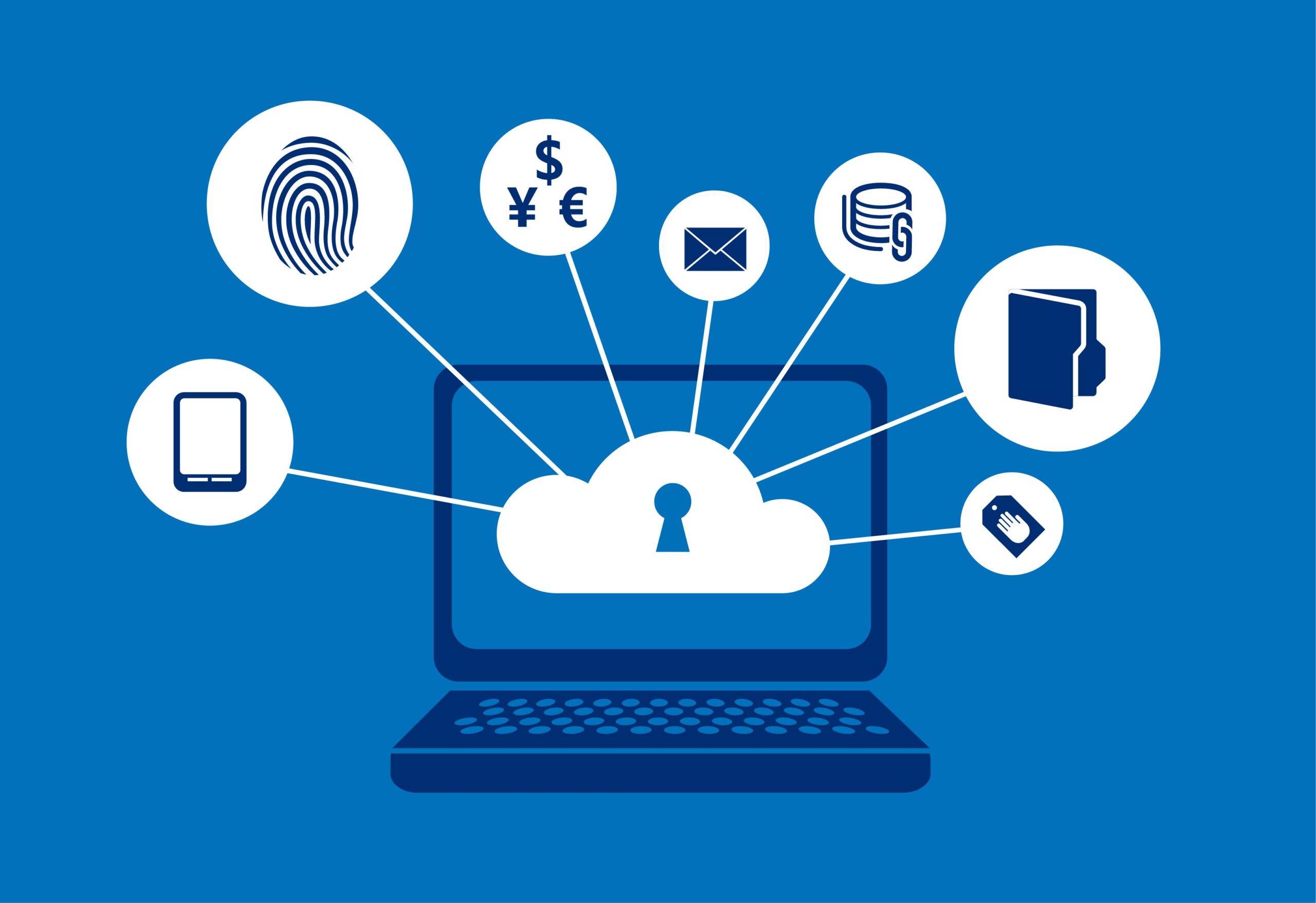In today’s rapidly evolving digital landscape, the intersection of education and technology has given rise to a pressing concern: data privacy in EdTech. As educational institutions increasingly adopt digital tools and platforms, the protection of student information has become paramount. This article delves into the critical aspects of data privacy in EdTech, highlighting the challenges and best practices for safeguarding sensitive information. By understanding the implications of data collection and usage, educators, parents, and students can navigate the digital age with greater confidence.
Throughout this article, we will explore the various dimensions of data privacy in the educational technology sector. You will learn about the types of data collected by EdTech platforms, the potential risks associated with data breaches, and the legal frameworks that govern data protection. Additionally, we will discuss practical strategies that schools and educators can implement to ensure the security of student information, fostering a safe learning environment. By the end of this piece, you will be equipped with the knowledge to advocate for better data privacy practices in your educational community.
As we embark on this journey through the complexities of data privacy in EdTech, we invite you to stay engaged and informed. The protection of student information is not just a responsibility; it is a necessity in our digital age. Join us as we uncover the essential steps that can be taken to safeguard the future of education and empower students to thrive in a secure online environment.
Understanding Data Privacy Regulations in Edtech
Data privacy regulations play a crucial role in the edtech landscape, ensuring that student information is protected from unauthorized access and misuse. Laws such as the Family Educational Rights and Privacy Act (FERPA) in the United States and the General Data Protection Regulation (GDPR) in Europe set stringent guidelines for how educational institutions and technology providers handle personal data. These regulations mandate transparency in data collection practices and grant students and parents rights over their information.
Compliance with these regulations is not just a legal obligation but also a moral imperative for edtech companies. By adhering to these laws, they can build trust with users and foster a safe learning environment. Understanding the nuances of these regulations is essential for educators and administrators to ensure that they are not only compliant but also proactive in protecting student data.
The Role of Data Encryption in Protecting Student Information
Data encryption is a vital technology in safeguarding student information from cyber threats. By converting sensitive data into a coded format, encryption ensures that even if data is intercepted, it remains unreadable without the appropriate decryption key. This is particularly important in the edtech sector, where student records, grades, and personal information are often stored and transmitted online.
Implementing robust encryption protocols can significantly reduce the risk of data breaches. Educational institutions and edtech providers must prioritize encryption in their data management strategies, ensuring that both stored data and data in transit are adequately protected. This not only enhances security but also aligns with best practices in data privacy.
Best Practices for Data Collection and Management in Edtech
Effective data collection and management practices are essential for maintaining student privacy in the digital age. Edtech companies should adopt a minimal data collection approach, gathering only the information necessary for their services. This principle of data minimization helps reduce the risk of exposure in the event of a data breach.
Additionally, implementing strict access controls and regular audits can help ensure that only authorized personnel have access to sensitive student information. Training staff on data privacy policies and practices is also crucial, as human error is often a significant factor in data breaches. By fostering a culture of privacy awareness, edtech organizations can better protect student data.
The Impact of Data Breaches on Educational Institutions
Data breaches can have devastating consequences for educational institutions, affecting not only their reputation but also their financial stability. When student information is compromised, it can lead to identity theft, fraud, and a loss of trust among students and parents. The fallout from a data breach can result in costly legal battles and regulatory fines, further straining resources.
Moreover, the psychological impact on students and their families can be profound, leading to anxiety and a reluctance to engage with digital learning tools. Institutions must take proactive measures to prevent data breaches, including investing in cybersecurity measures and developing incident response plans to mitigate the effects of any potential breaches.
Educating Students and Parents About Data Privacy
Education plays a pivotal role in promoting data privacy awareness among students and parents. By providing resources and training on how to protect personal information online, educational institutions can empower families to take an active role in safeguarding their data. Workshops, informational sessions, and online resources can help demystify data privacy issues and encourage responsible digital behavior.
Furthermore, involving students in discussions about data privacy can foster a sense of ownership and responsibility regarding their information. As digital natives, students are often more aware of technology but may lack understanding of the implications of data sharing. By bridging this knowledge gap, schools can cultivate a generation that values and protects their privacy.
Future Trends in Edtech and Data Privacy
The edtech landscape is rapidly evolving, and with it, the challenges and opportunities related to data privacy. Emerging technologies such as artificial intelligence and machine learning are transforming how educational data is analyzed and utilized. While these advancements can enhance personalized learning experiences, they also raise concerns about data security and ethical use of student information.
As the industry continues to innovate, it is essential for edtech companies to stay ahead of data privacy trends and adapt their practices accordingly. This includes investing in advanced security measures, staying informed about regulatory changes, and engaging with stakeholders to address privacy concerns. By prioritizing data privacy, edtech can create a safer and more effective learning environment for all
| Aspect | Description |
|---|---|
| Introduction | The rise of educational technology (EdTech) has transformed the learning environment, but it also raises significant concerns regarding data privacy and the protection of student information. |
| Importance of Data Privacy | Protecting student data is crucial to ensure their safety, maintain trust, and comply with legal regulations such as FERPA and GDPR. |
| Types of Data Collected | EdTech platforms often collect personal information, academic records, behavioral data, and even biometric data, which can be sensitive and require careful handling. |
| Risks and Threats | Data breaches, unauthorized access, and misuse of information are significant risks that can lead to identity theft and other harmful consequences for students. |
| Best Practices for Data Protection | Implementing strong encryption, access controls, regular audits, and staff training can help safeguard student information. |
| Legal Frameworks | Understanding and adhering to laws such as FERPA (Family Educational Rights and Privacy Act) and GDPR (General Data Protection Regulation) is essential for compliance and protection. |
| Role of Educators and Institutions | Educators and institutions must prioritize data privacy by selecting reputable EdTech tools, educating students about their rights, and fostering a culture of privacy. |
| Future Trends | As technology evolves, new challenges and solutions for data privacy in EdTech will emerge, necessitating ongoing vigilance and adaptation. |
| Conclusion | Protecting student information in the digital age is a shared responsibility that requires collaboration among educators, technology providers, and policymakers. |
This HTML document provides a structured overview of data privacy in EdTech, summarizing key aspects in a table format.



